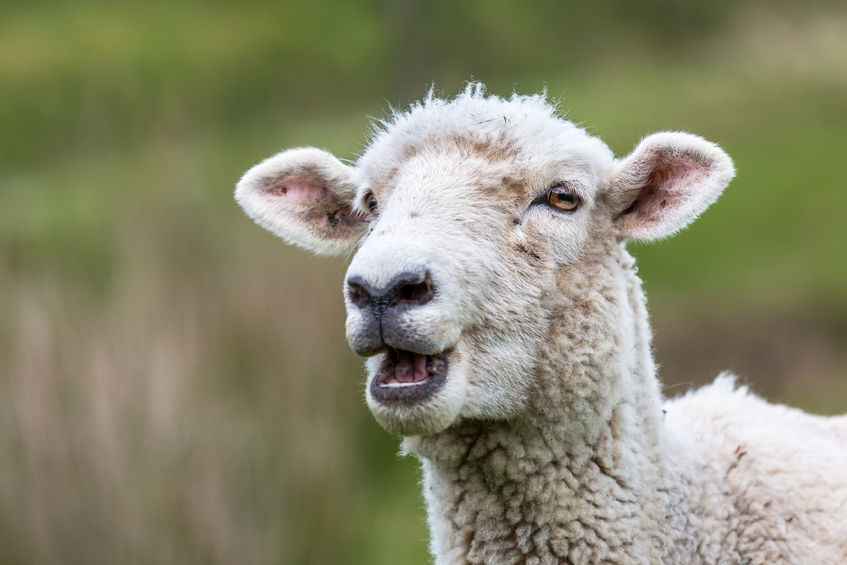
A Derbyshire farmer has pleaded guilty to leaving dead sheep, lambs and calves on his farmland to rot for as long as three months.
Richard Hobday, 55, of The Mews, Alstonefield, Ashbourne, pleaded guilty at Northern Derbyshire Magistrates Court to offences of failing to clear up dead, rotting, decaying sheep, lamb and calf carcasses from land at Elton Moor.
Some of the remains were discovered in February 2018 but not cleared away until May.
The law states that carcasses should be collected without undue delay under conditions which prevent risks to public and animal health, and not following the requirements is contrary to the Animal By-Products (Enforcement) (England) Regulations 2013.
The court heard that Hobday failed to clear the dead animals despite being warned by Derbyshire County Council trading standards officer to do so.
At the hearing, Hobday also admitted failing to apply ear tags to two calves within 20 days of their birth in January 2018 and failure to record their births and the death of an animal in a herd register, contrary to the Cattle Identifications Regulations 2007. These regulations are in place to ensure that livestock and ultimately food is traceable.
Hobday also pleaded guilty to a charge of failing to keep an up-to-date register for his sheep containing the minimum information, for example, their individual identification codes and the dates on which they were identified.
Hobday will return to court on 18 February when he will be sentenced.
Cabinet Member for Health and Communities Councillor, Carol Hart said the case is “very worrying”, and “is made worse by the fact that despite a trading standards warning the farmer still failed to do what was required.”
“Leaving these dead animals for four months in a field posed a threat to public health and the health of other animals due to the potential transmission of disease, and would also have been distressing for anyone coming across such a scene,” she said.
